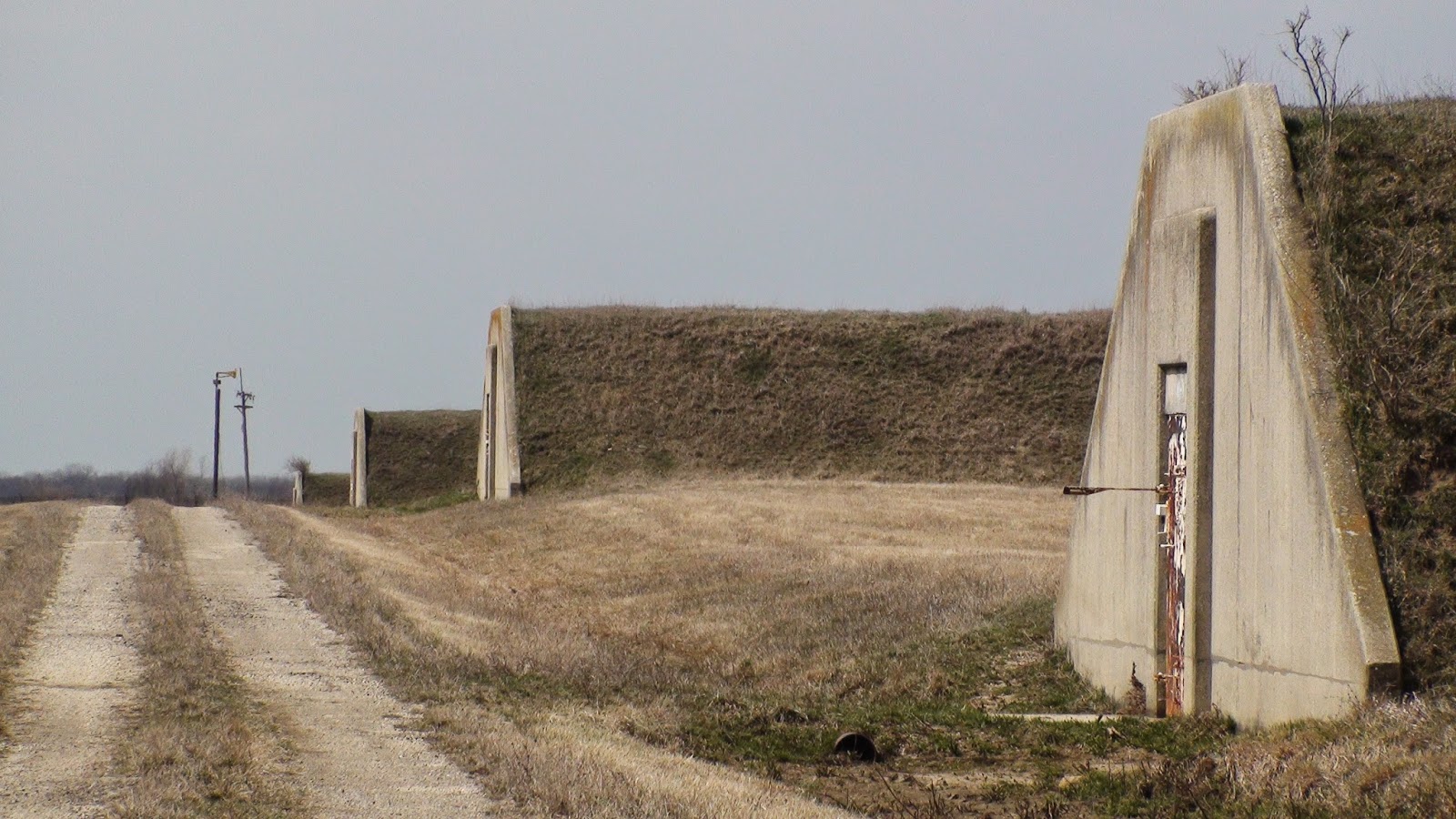Midewin Volunteers Bring Prairie Plants out of Bunker Hibernation
Prairie Volunteers and Boy Scouts spent a Saturday morning helping Midewin National Tallgrass Prairie staff take native prairie plants out of winter storage. According to Midewin botanist Jennifer Durkin, native prairie seedlings are housed in bunkers during the winter because the seedlings are still developing a strong root system and can not handle harsh winter weather. The same characteristics that made the Joliet Army Ammunition Plant bunkers good places to store ammunition make them ideal for storing baby plants. The bunkers's solid concrete covered by earth creates an insulated space that allows the plants to survive even the drastically low temperatures we experienced this winter.
 |
| Ammunition bunkers in Midewin National Tallgrass Prairie. Native prairie plant seedlings are stored in a bunker through winter. |
 |
| Native plants stored inside a bunker at Midewin National Tallgrass Prairie |
 |
| Volunteers form an assembly line to move plants from the bunker to the trailer for transport |
 |
| Volunteers and Midewin staff loaded seedlings onto a trailer for transport back to the Horticulture Center |
 |
| Midewin National Tallgrass Prairie staff and volunteers take native plants out of winter storage--an ammunition bunker |
 |
| An example of a tray of plugs containing prairie plants: French Grass, Psoralea Onobrychis |
 |
| Prairie Plants taken out of winter storage in the bunker were to be moved to the outdoor hoop houses near the Midewin Welcome Center |
 |
| Volunteers viewed old Joliet Arsenal Ammunition Plant buildings during the group's caravan through Midewin to reach the site of bunkers storing prairie plants |
